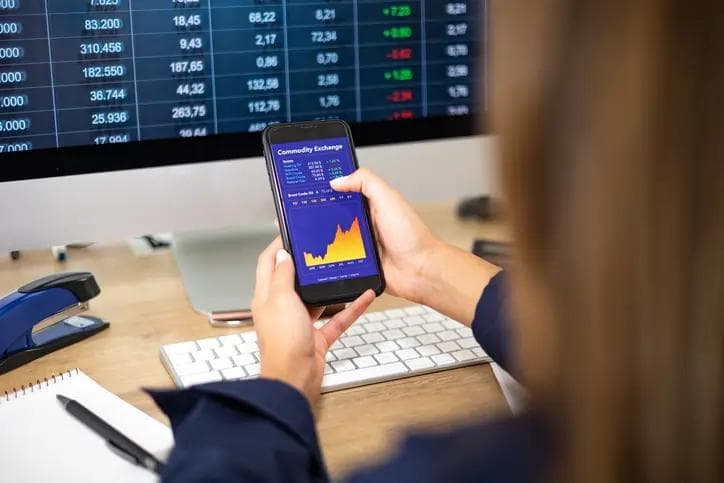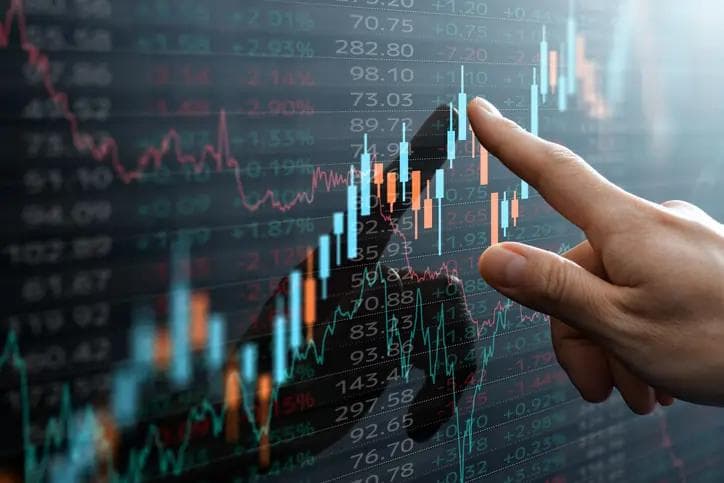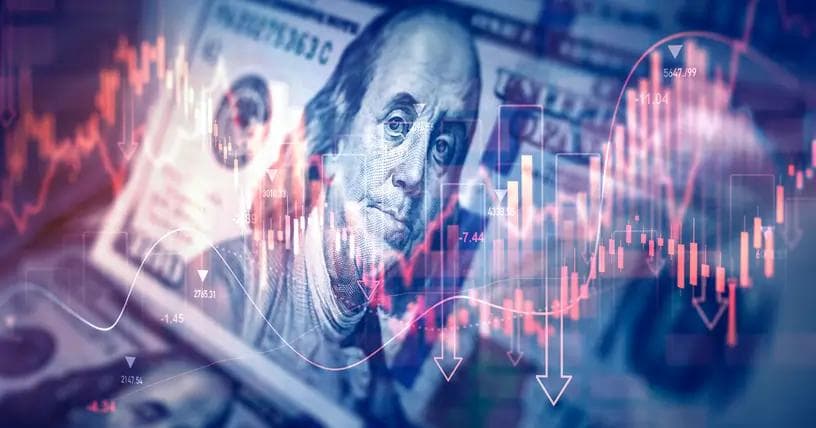The Bitcoin Metric: What Bitcoin’s Price Might Mean for Today’s Investors
The Bitcoin Metric: What Bitcoin’s Price Might Mean for Today’s Investors
Published by Jessica Weisman-Pitts
Posted on March 25, 2025

Published by Jessica Weisman-Pitts
Posted on March 25, 2025

Bitcoin, the world’s leading cryptocurrency, experienced an unprecedented rise in the latter half of 2024. As Bitcoin price in USD reached nearly $100,000, enthusiasm in the crypto market had never been higher. It seemed that this momentum would continue throughout 2025.
For those wondering what this means for Bitcoin as an asset, it may pay to consider the broader market influences and the price history of the world’s most popular cryptocurrency, as its future may indicate more significant economic movements.
The Supply and Demand Mechanic of Bitcoin
Supply and demand may be a surprising force driving the value of Bitcoin tokens. Even though Bitcoin is a digital currency, it remains susceptible to this classic law of market dynamics.
When Bitcoin was first introduced to the world in 2009, the creator, an anonymous figure known as Mr. Nakamoto, envisioned how this new “cryptocurrency” would function. In addition to being distributed in a decentralized format, it was designed to have a set limitation of coins.
Even though Bitcoin mining produces new coins for the market, this cap will limit the number of tokens that can exist in the blockchain. As Bitcoin reaches this limit, prices may rise. Alternatively, demand and price could decrease when holders sell off their Bitcoin.
The Effect of Market Sentiment and Speculation
Since Bitcoin holders play a significant role in the demand for Bitcoin, the cryptocurrency remains susceptible to market sentiment and speculation. Its rise in late 2024 collected momentum from rising interest in Bitcoin as an investment asset.
However, its recent downturn has sparked a drop in faith among crypto investors.
This could be an ominous sign for Bitcoin’s performance throughout the rest of 2025. If crypto traders sell off their Bitcoin tokens, demand and price could plummet.
All that stated, many crypto “whales,” or seasoned investors with large holdings, remain confident about Bitcoin’s future performance. If they maintain their assets, Bitcoin prices could continue to hold firm.
The Broader Macroeconomic Factors
Market sentiment for Bitcoin and the rest of the crypto market does not operate in isolation from the broader forces of the world economy. Cryptocurrencies may be decentralized from banking entities, but investors are still influenced by inflation, interest rates, and shifting economic policies.
Bitcoin price has demonstrated a possible correlation with the stock market. Although there is still much debate about whether Bitcoin and stock prices are directly correlated, investors and traders have treated Bitcoin like stocks and other investment equities. This could indicate that market uncertainties will affect future Bitcoin prices. This correlation could grow stronger as Bitcoin receives greater validation from financial institutions and regulatory authorities.
Regulatory Developments in Bitcoin
As part of Bitcoin’s journey to mainstream status in 2024, it has received greater recognition as a digital asset. More governing bodies and financial institutions have explored Bitcoin’s benefits, and more retailers have begun to utilize it for transactions.
The effect of regulatory adoption has been particularly stark in 2025. Speculation that the Bitcoin token may be included in the US strategic reserve facilitated Bitcoin’s rebound from its February drop. However, a closer relationship between Bitcoin and market regulators could make the cryptocurrency more susceptible to broader market movements.
The Future Outlook for Bitcoin Prices
With enthusiasm for Bitcoin and crypto investing turning mixed, the question remains: a bearish or bullish outlook? While many investors have started to blink, crypto whales hold firm to their assets. Bitcoin has demonstrated historic price volatility, and recent developments are no exception to this long-term trend.
However, the trajectory of Bitcoin prices in USD remains robust over time.
There is no saying for certainty where the future of Bitcoin is headed. As the popular cryptocurrency continues to grab headlines and garner regulatory recognition, its fate may be tied to the world market and broader economic forecast.
Explore more articles in the Trading category











